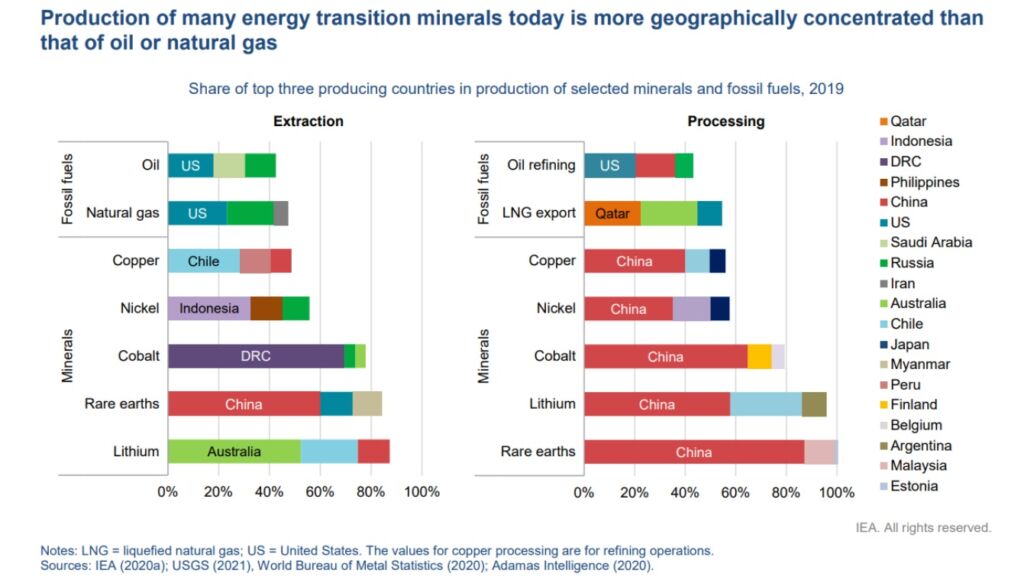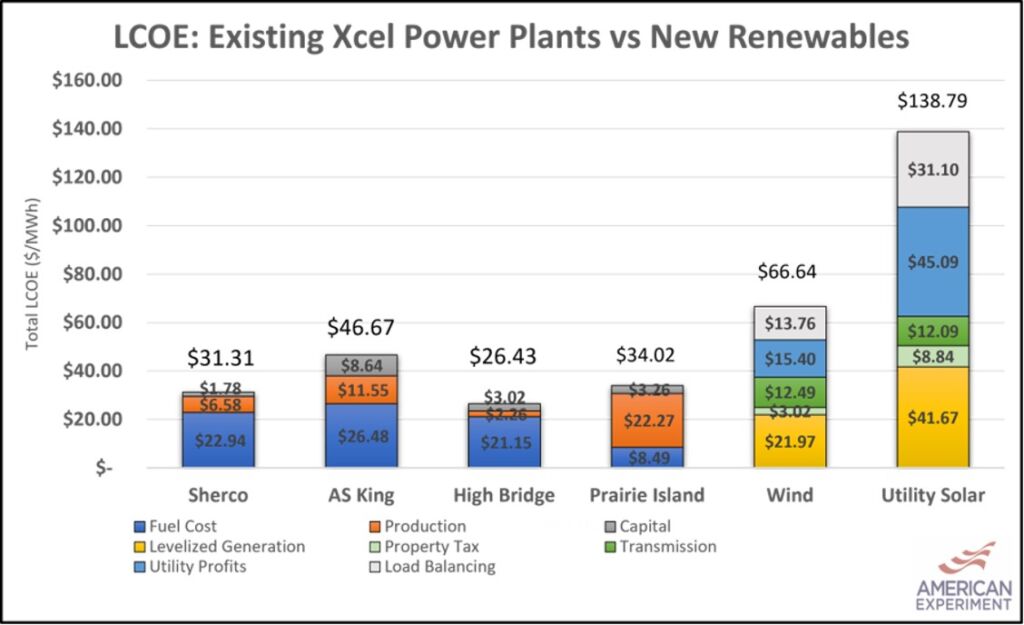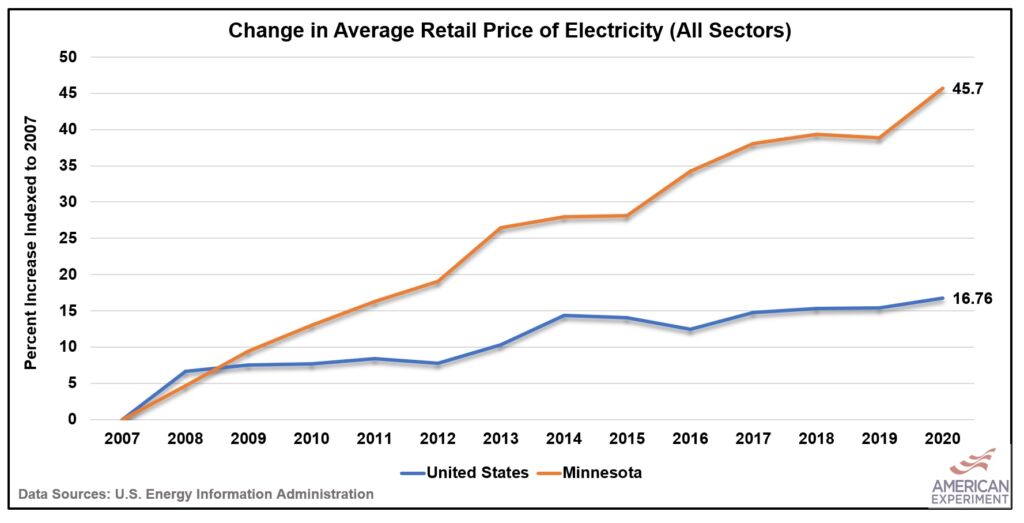Wind and solar make us less energy independent, drive up costs, and reduce reliability
A recent MinnPost article claimed that “clean energy is not only affordable, with the prices continuing to decrease, but also reliable and will lead us to energy independence.” It all sounds too good to be true. Because it is.
In reality, wind and solar will reduce our energy security, cause electricity prices to increase further, and undermine the reliability of the electric grid.
Energy independence must be a top priority for policymakers. However, wind and solar will not help us achieve it because the vast majority of the renewable energy supply chains, from the raw materials needed for these energy sources to their manufactured components, are located in foreign countries.
For example, the International Energy Agency (IEA) reports that China is the world’s largest refiner of copper, cobalt, lithium, nickel, and rare earth metals, which are all crucial metals for wind turbines, solar panels, and battery storage devices.

President Biden’s Department of Energy found that 92 percent of the rare earth magnates used in wind turbines are manufactured in China. Likewise, Bloomberg New Energy Finance and Reuters report that China hosts 80 percent of all battery cell and solar panel manufacturing capacity, respectively.

In contrast, the IEA reports that the U.S. is the world’s largest producer and refiner of oil and natural gas. Federal data show that America has the world’s largest coal reserves, and a concerted effort to reestablish domestic uranium mining and refining, along with recycling nuclear fuel at existing power plants, could allow the U.S. to access ample supplies of uranium. If energy independence is the standard, the data clearly show that fossil fuels and nuclear energy deliver superior energy security. They also provide better results on cost.
The original author stated that wind provided the lowest cost form of new energy available in Minnesota, but that does not mean wind is lower in cost than the power plants we already have. Data from the Federal Energy Regulatory Commission (FERC) show Minnesota’s Sherburne County coal plant, High Bridge natural gas facility, and Prairie Island, nuclear power plants, generated electricity for $31.31 per megawatt-hour (MWh), $26.43/MWh, and $34.02/MWh, respectively.
On the other hand, new wind costs $36 per MWh, according to the research cited by the author. However, this metric leaves out many of the costs associated with utilizing wind turbines, including additional transmission costs, utility profits, property taxes, and the cost of maintaining the backup power generation needed when the wind isn’t blowing. When these costs are accounted for, the price of wind is closer to $66 per MWh, according to American Experiment research.

The high “all-in” cost of wind is a key reason why Minnesota electricity prices have risen twice as fast as the national average since 2007, when Minnesota’s renewable energy mandate was signed into law. Now, our electricity prices are higher than the national average and much higher than the average of other states in our regional power grid, according to the research cited by the original author.

Lastly, rising penetrations of wind and solar, which have fluctuating electricity output due to changes in the weather, make reliability a growing concern for regional market operators, according to a proceeding by FERC. The challenge of keeping the lights on grows as more wind and solar are on the grid, which is why California has experienced blackouts and brownouts in recent years.
If we wish to bolster energy independence, reliability, and affordability, then wind and solar represent three troubling steps backward. American energy prosperity is best ensured by using our existing coal and natural gas plants for the duration of their useful lives and looking to gradually replace them with new nuclear power plants. This slow and steady strategy will preserve our energy independence, reliability, and affordability while providing an offramp for emissions.